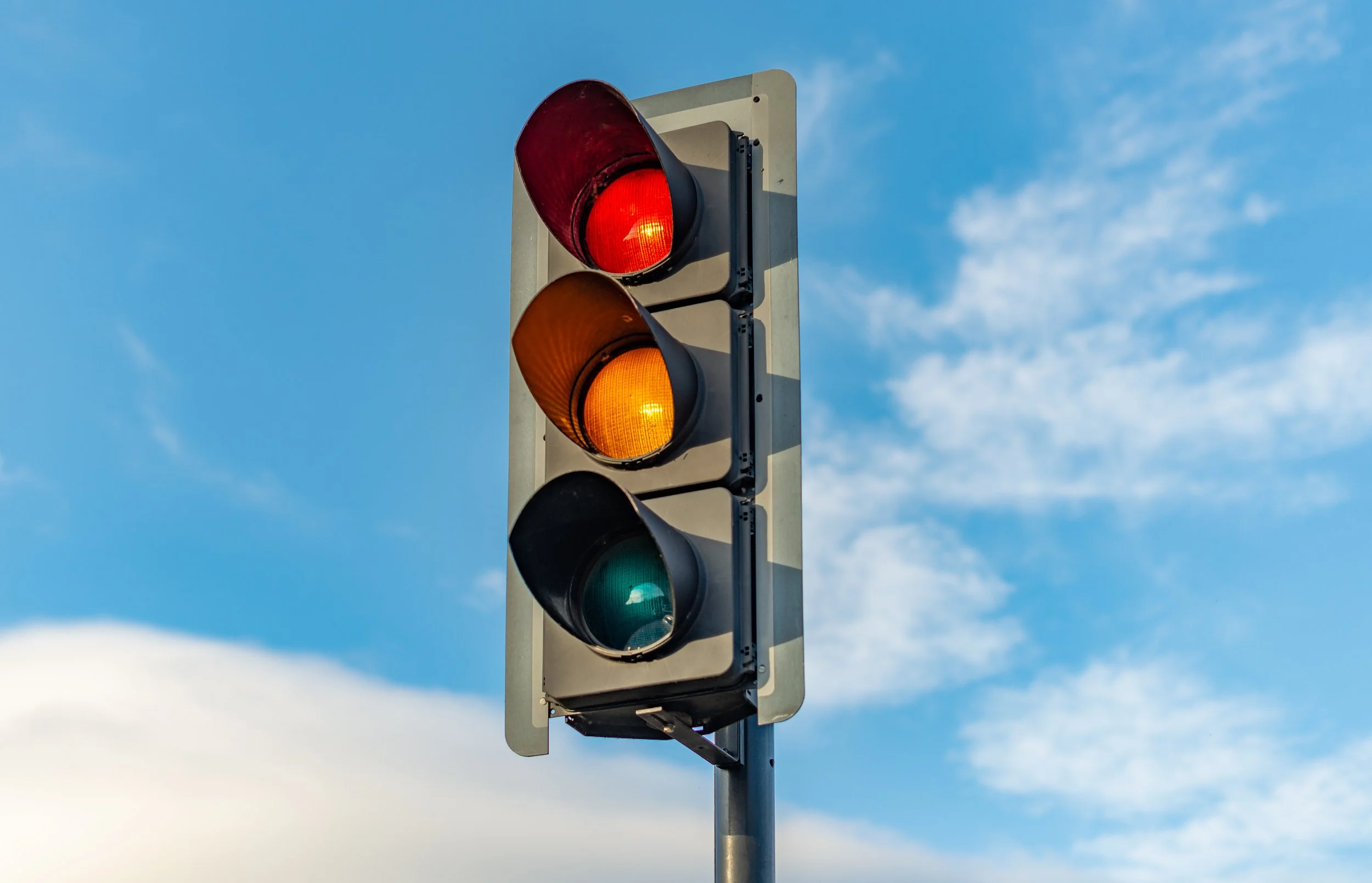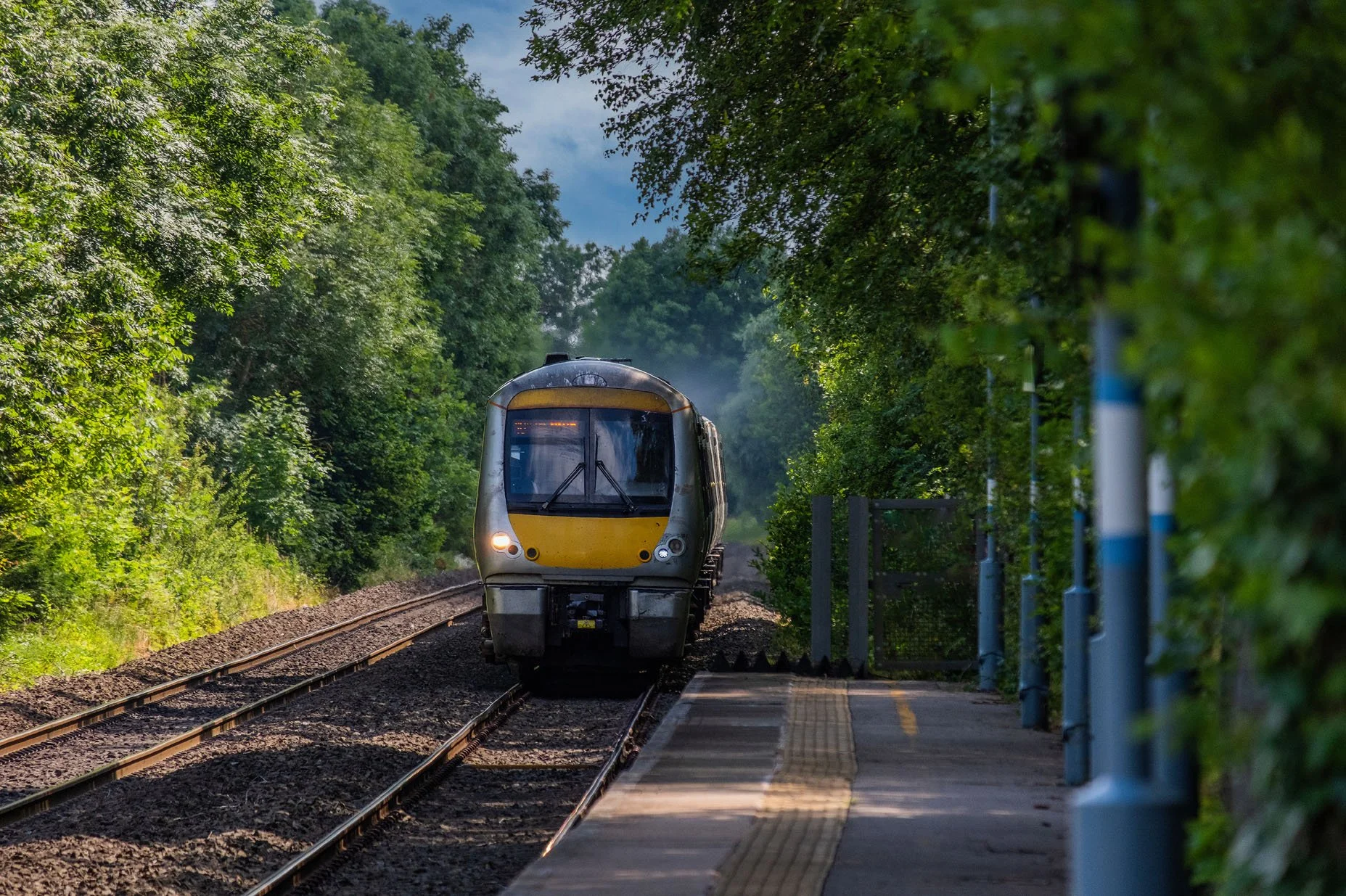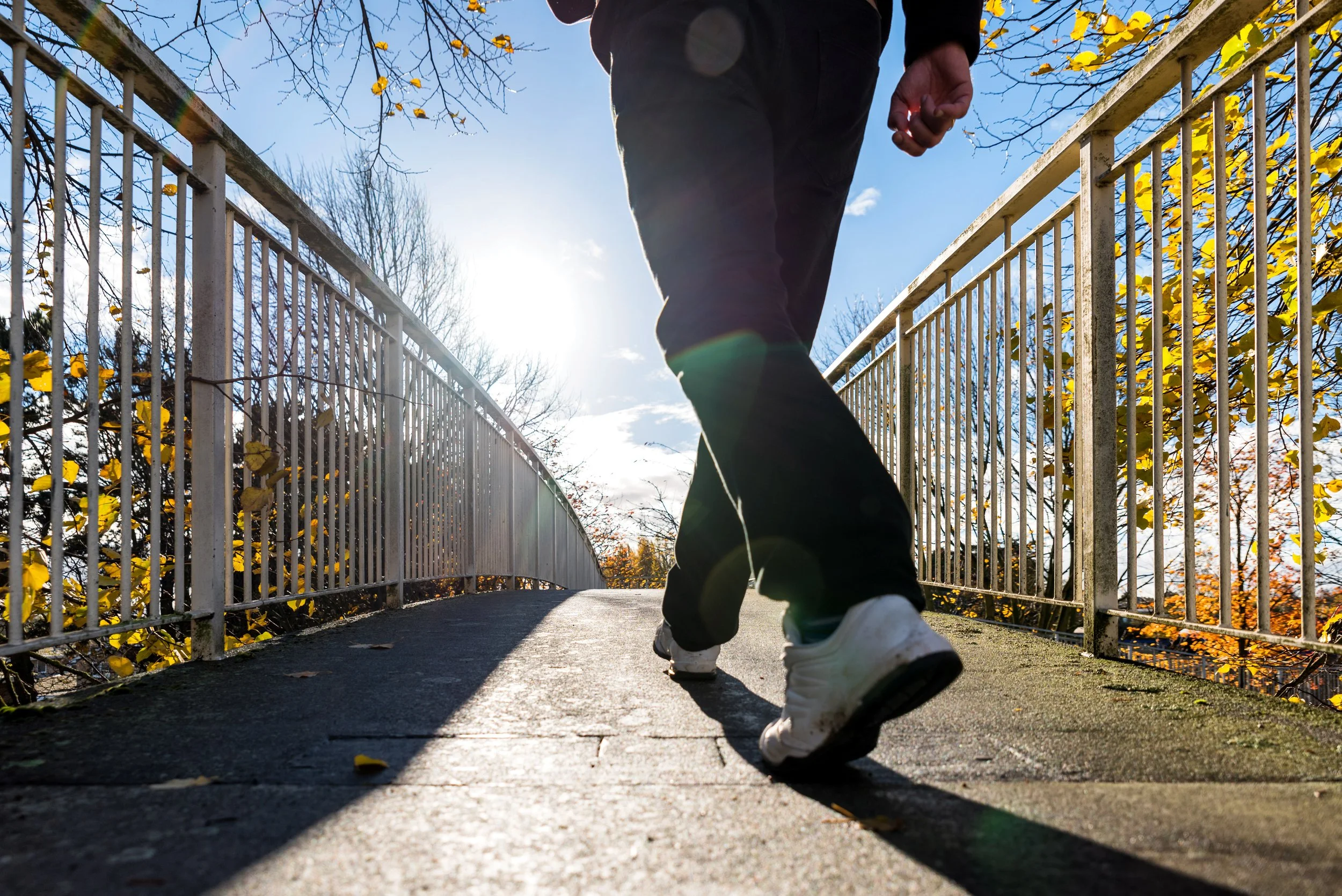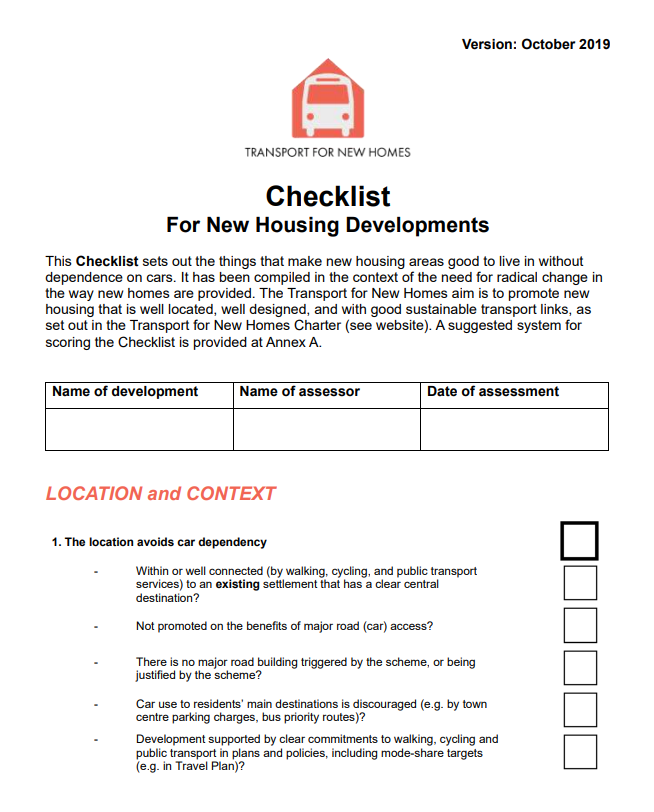Better Alternatives to the A38 Road Expansion
The proposed expansion of the A38 through Derby is outdated, costly, and damaging.
The quarter of a billion (though likely more) budgeted for the A38 expansion could instead be invested in smart, sustainable alternatives that reduce congestion, improve public health, and meet our climate obligations.
Why the A38 Expansion is not the Answer
The A38 Derby Junctions scheme aims to add flyovers, underpasses, and expand the road from four lanes to six lanes at sections. It’s sold as a solution to congestion but…
It will increase traffic. New roads and extra road capacity result in induced demand.
No full economic assessment has ever been published.
Outdated construction cost estimates of £250 million in 2019. The scheme costs could have doubled by now.
Journey time savings are likely overstated by up to 50%.
National Highways never considered non-road alternatives.
No significant safety benefits have been identified.
Four years of construction and road closures will bring severe disruption and gridlock.
It also involves:
Demolishing homes and destroying green spaces
Removing thousands of trees and harming local wildlife habitats
Increasing air pollution near schools and homes
Raising traffic noise pollution in residential areas
Severely impacting people who travel by walking and wheeling by closing key crossings during construction
Smarter, less harmful alternatives
Instead of funneling hundreds of millions into a destructive road scheme, here’s what could be done instead, many at a fraction of the cost.
Not all of these need to be implemented to replace the proposed A38 scheme. These are just some ideas for alternatives that are less harmful and more beneficial.
1. Changes to the roads and crossings
These could be delivered quickly to ease congestion and improve safety:
More and smarter traffic signals at junctions like Kingsway and replacing the Ashbourne Road zebra crossing.
Enforcement of red lights to stop red light running protect cyclists and pedestrians and keep junctions flowing.
Pedestrian footbridges and underpasses to reduce crossing delays for all transport users
Speed reductions on the A38 and surrounding roads to improve flow and safety.
Congestion pricing with exemptions for blue badge holders.
Better signage to reduce confusion and lane changing.
2. Public Transport Improvements
Better Buses
Bus franchising would allow Derby City Council to coordinate services, integrate ticketing, and improve frequency and reliability.
New bus priority lanes and park and ride schemes could congestion in and around the city
Funds could revive the scrapped Electric Rapid Transit plan, which would have created clean, fast city connections for under £12 million
Frequent free, city centre shuttle buses. Like in Manchester
Railways
Derby is a rail city: investing in its rail supply chain and freight electrification would generate long-term economic returns and reduce emissions
Every £1 spent on rail yields £2.50 in wider benefits
Stronger public transport could add £50 billion to the UK economy annually outside London
Proposed Railway Infrastructure Upgrades and New Stations
Four-Tracking the Cross Country Main Line (Stenson Fields to Duffield):
To enable construction of outer Derby interchange stations and allow express and stopping services to run without conflict.
Aims to support orbital bus routes integrated with rail (e.g. via Heatherton, Littleover, Mickleover).
New Station at Stenson Fields:
Located on the Cross Country Main Line.
Would be served by EMR (Crewe–Newark) and CrossCountry (Birmingham–Nottingham) services.
Requires a wider Stenson Road bridge with bus laybys for interchange with several city routes.
Designed with step-free access (lifts and long ramps).
Extension of Cross City Line from Lichfield to Derby:
Would reconnect Derby with the Birmingham–Lichfield corridor.
Aims to relieve A38 by replicating the old A5127 corridor via train.
Termination in Wyvern sidings to avoid conflict at Derby station.
Reinstatement of the Great Northern Route (Friar Gate Line):
Would include underground "Triangle Crossrail" in Derby:
Friar Gate Low Level
Derby Central (Morledge)
Existing Midland station
Regional and Intercity trains would call at these, enabling through journeys without transfers.
Reopening of Other Closed Lines:
Lichfield–Burton: For connectivity along A38 corridor.
Ripley–Butterley–Little Eaton: As an A38-parallel freight/diversion route.
Ambergate to Butterley: To connect Peaks and Dales Line with Mansfield/Nottingham.
Northwood to Blackwell Mill (Matlock–Buxton): Supported by Peaks and Dales Rail.
New Station near Wyvern/Raynesway (Pride Park Access):
Would improve access to Pride Park and Derby rail station.
Seen as a quick win to boost connectivity east of the city.
Rail Service Enhancements
All Nottingham-bound trains to call at Peartree Station.
Longer trains on the Cross City Line (6-car instead of 3-car).
Platform extensions and additional passing loops (e.g. Four Oaks) for express services.
Address Derby rail station’s remoteness from the city centre
A free, electric shuttle bus that runs every 10 minutes to connect Derby railway to the city centre. Like in Manchester
Trams and Light Rail
Unlike Nottingham and Birmingham, Derby has no tram or light rail system—despite once having one historically.
A modern tram or electric rapid transit network could:
Reduce congestion on the inner ring road.
Connect key sites like the university, bus/rail station, Derbion, and Pride Park.
Connect Derby suburbs and towns in the surrounding area.
Provide clean, high-capacity, accessible transport.
An electric transit plan proposed in 2020 was scrapped—despite only costing a fraction of the A38 expansion.
There’s been a major announcement of regional transport investment in June 2025. The East Midlands is getting £2 billion for a new mass transit system connecting Derby and Nottingham. This includes potential expansion of the Nottingham tram network into Derby: https://www.nottinghampost.com/news/nottingham-news/route-revealed-possible-tram-extensions-2693315
Map of the new tram route. The solid green line shows the current tram network, the slitted green line shows the proposed route, and the light green line is the HS2 route
3. Walking and cycling improvements
Derby’s cycle infrastructure is fragmented, often shared with traffic or pedestrians. It lacks the safe, connected networks seen in cities like Leicester, Manchester and London. One the biggest barriers to people choosing to cycle is lack of safe cycling space seperated from fast traffic.
Opportunities:
Connected cycle lanes, prioritising routes near schools, hospitals and workplaces
A 20mph default speed limit on local roads. Studies show that 20mph speed limits reduce accidents and fatalities for all road users
Improved crossings and cycle signals at major junctions
With thanks to Derby Cycling Group for contributing this vision.
Derby could become a leading cycling city by building:
A fully connected, segregated cycle network across the A38 corridor creating a feeling of protection that enables less confident people to cycle.
East-west and north-south protected cycle routes linking suburbs like Allestree, Mackworth, and Littleover with Derby city centre, the University, Royal Derby Hospital, Markeaton Park, and key retail parks.
Safe routes along:
A61 / Mansfield Road to Breadsall and Little Eaton.
A38 Kingsway / Queensway and A5111 Manor Road.
Uttoxeter New Road, Kedleston Road, and through Mackworth.
This would make cycling and wheeling a realistic healthy, cheap, sustainable choice for many more people.
4. Long-Term Modal Shift and Behaviour Change
Encourage school and workplace car sharing schemes.
Support community car clubs like the electric vehicle Co-Wheels hub in Darley Abbey ward.
Invest in education and incentives for walking, cycling and public transport.
Set an official target to reduce private car trips by 40–60% by 2030—a realistic target for a city the size of Derby.
5. Rethink How the City Grows
Sustainable housing doesn’t require new major roads.
New homes near public transport, services, and jobs reduce the need to drive.
See this "Transport for New Homes Checklist”
The A38 scheme would lock in car dependency and contradict the UK’s climate goals.
Derby has examples of new housing developments built around walkable neighbourhoods, public transport links, and local amenities. Expanding road capacity is not a requirement for growth. In fact, it worsens congestion by inducing more car use.
A38 Expansion is a mistake we can still avoid
The A38 scheme is a relic of an outdated model — one that assumes more road space means less congestion, when in reality it means more traffic, more pollution, and more public money wasted.
Derby has the chance to lead the way with cleaner, healthier, and more inclusive transport solutions — but only if we stop throwing good money after bad.
Speak up now. Demand investment in alternatives that work for people, not just cars.









